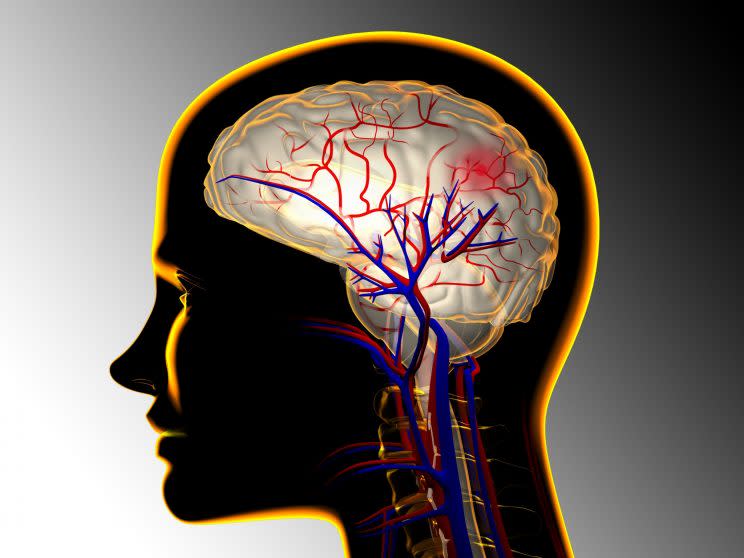How do you know if someone is having a stroke?

Stroke, a condition in which blood flow to the brain is interrupted, is one of the leading causes of death in Singapore. In many cases, loss of life could be avoided if the people around the sufferer were able to recognise the symptoms. Here’s how:
FAST is an important acronym associated with stroke. It is a checklist of the most common warning signs, so when any of these signs are present, it is necessary to seek emergency treatment.
F-ace: Can the person smile? Is his or her eye or mouth drooping? Does one side of the face droop?
A-rm: Can the person raise both arms? Does one arm drift downwards?
S-peech: Can the person speak clearly and understand what you say? Is his or her speech slurred or strange?
T-IME: If the answer is yes to any of these questions, it’s time to call 995 and get the person to a hospital.
“Having a single symptom means a 66-per cent certainty of stroke, while having all three means it is 88 per cent certain,” says Dr Tu Tian Ming, a consultant in the department of neurology at the National Neuroscience Institute (NNI) of Singapore. “Having early access to emergency hospital care may help to reduce the disability caused by stroke.”
Other symptoms of stroke are:
Sudden weakness or numbness on one side of the body
Sudden confusion or difficulty in comprehension
Sudden difficulty or unsteadiness in walking
Sudden difficulty in swallowing
Sudden severe dizziness, loss of balance or coordination
Sudden severe headache with no apparent cause
Different types of stroke
A stroke occurs when part of the brain gets damaged due to an interruption in its blood supply. This interruption could be because of a blockage or a leak in a blood vessel. When brain cells don’t receive essential oxygen and nutrients, they die. Delayed treatment, even for a few minutes, can cause millions of brain cells to die.
“Stroke symptoms depend on the size and location of the damaged area,” says Dr Tu.
There are two main types of stroke – ischaemic and haemorrhagic. In ischaemic stroke, which is the most common, the blood supply is affected due to a narrowing or blockage in a blood vessel. In haemorrhagic stroke, a blood vessel bursts or develops a leak.
A transient ischemic attack (TIA) is known as a mini-stroke because there is a temporary disruption to the blood supply to the brain. TIA symptoms are similar to stroke symptoms and usually disappear after a few minutes. However, TIA should not be ignored since it could be a warning sign of a full-blown stroke.
”A stroke is an emergency and the outcome depends on how soon the appropriate treatment is started,” stresses Dr Tu.


